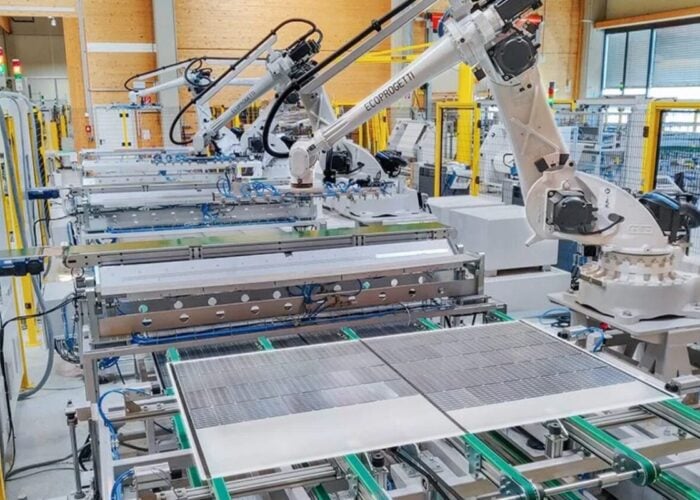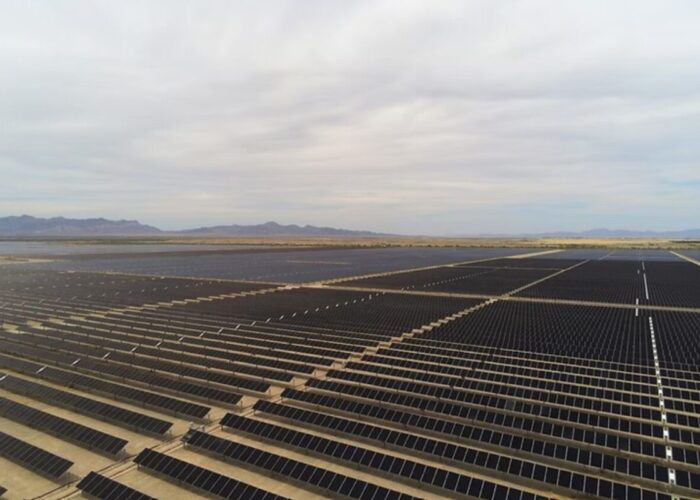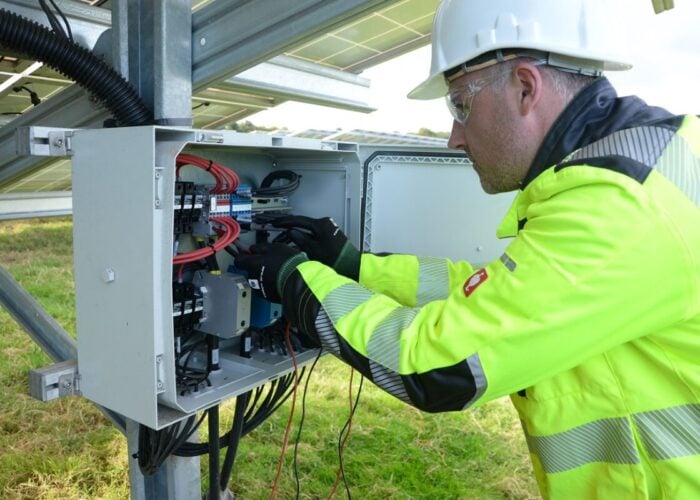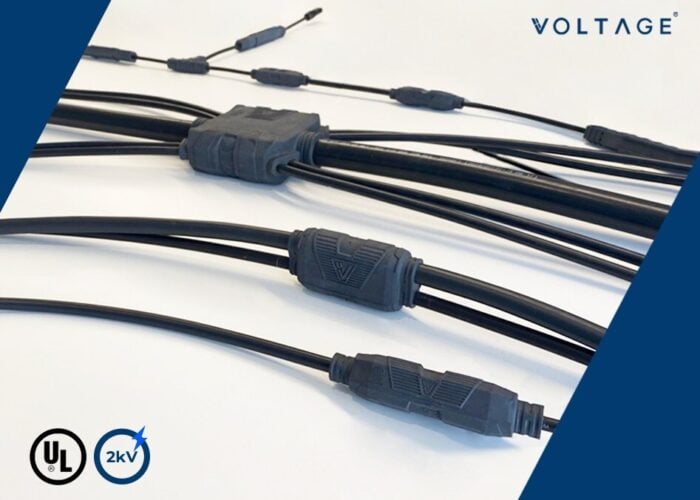Nitrogen trifluoride used in semiconductor, thin film solar and other electronics manufacturing has been found to be in greater quantities in the atmosphere than previously estimated and is increasing at about 11 percent per annum, according to new research using new analytical techniques, NASA said.
The gas is said to be 17,000 times more potent as a global warming agent than a similar mass of carbon dioxide. It survives in the atmosphere about five times longer than carbon dioxide. Research led by Ray Weiss of the Scripps Institution of Oceanography shows the actual amount of NF3 in the atmosphere was 4,200 metric tons in 2006 compared to estimates of less than 1,200 metric tons. In 2008, about 5,400 metric tons of the gas was said to be in the atmosphere.
Try Premium for just $1
- Full premium access for the first month at only $1
- Converts to an annual rate after 30 days unless cancelled
- Cancel anytime during the trial period
Premium Benefits
- Expert industry analysis and interviews
- Digital access to PV Tech Power journal
- Exclusive event discounts
Or get the full Premium subscription right away
Or continue reading this article for free
“As is often the case in studying atmospheric emissions, this study shows a significant disagreement between ‘bottom-up’ emissions estimates and the actual emissions as determined by measuring their accumulation in the atmosphere,” Weiss said.
The researchers found concentrations of the gas rose from about 0.02 parts per trillion in 1978 to 0.454 parts per trillion in 2008.
The semiconductor industry had shifted away from using perfluorocarbons to NF3, due to concerns over its high greenhouse effect and that limited amounts of NF3 were actually escaping to the atmosphere from processing steps.






